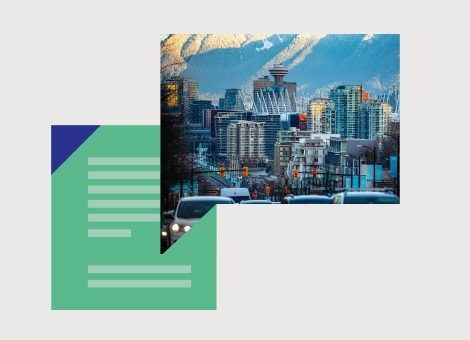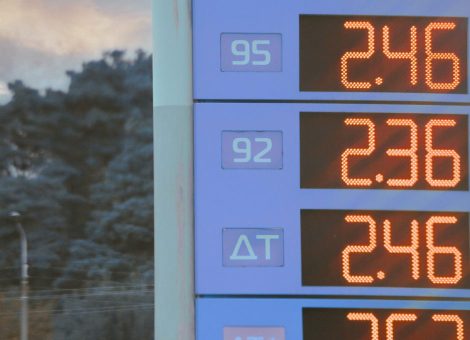The logic of price testing — why price test at all?
In this series of four blogs, we’ll be delving into the logic of price testing to help you understand how to run an effective test that boosts your fuel pricing strategy.
For established fuel sites, changing price position or adopting a new pricing strategy is not just daunting — it poses a real risk. Margins are typically tight, so mistakes can be costly. And so, although many would agree that price testing is a good, forward-thinking approach, it’s often avoided, with Pricing Managers choosing to continue to trust in the position they’ve always held.
But price testing doesn’t have to be risky.
By correctly implementing the four key stages of price testing:
- Intuition, knowledge, and experience
- Control
- Measurement
- Reflection
…you can test out the impact of a more flexible price position that might just pay off.
Hear from Beth Thompson, Global VP Customer Success, and Elizabeth Kershaw, Customer Success Consultant on why you should run a price test:
Price testing is the practice of changing prices in a controlled manner, measuring the results, and using the data to inform future strategy.
You could change your pricing strategy without any testing, but could you accurately conclude if your new strategy is better or worse than your previous position? Could you reverse it if the impact were detrimental to your sites?
Price testing is vital to help you understand the price sensitivity of your customers at a site, group of sites, or area. By using a controlled approach and measuring rigorously, you can find out if a change in price position will increase profitability — with minimal risk.
Many businesses hold the same price position for a long time. But markets evolve and change, so sticking to a rigid pricing strategy because that’s the way it’s always been done might lead you to miss out on new opportunities — and open the door for your competitors.
Businesses that have always held the same price position are actually the perfect candidates for price testing. As they haven’t changed position, they lack data and insight on their customers’ true price sensitivity, and the price elasticity of their brand and products. The only way to gather data about the elasticity of price is to do a price test. A measured, controlled price test will enable you to get the insight you need while also ensuring you limit any potential risk.
We’ve all heard the famous quote attributed to Albert Einstein:
“The definition of insanity is doing the same thing over and over again and expecting a different result.”
In this case, it’s not insane to do the same thing over and over and keep the same price strategy — in fact, it’s quite normal. But if you have objectives to improve margin or increase volume, doing the same thing you’ve always done won’t get you there. You need to introduce some flexibility. Price testing is a way of trying out some “what if” scenarios to see if you can impact performance.
Not every test you run will result in increased volume or margin (which is exactly why you test before making any changes), but if you measure the results, and assess how your customers and competitors react to changes, you’ll learn how to refine your strategy to produce the results you need.
Contact Kalibrate for advice and assistance in setting up a price test.
Download “The logic of price testing” whitepaper for more information and advice.
Read more articles about:
Fuel pricingSubscribe and get the latest updates
You may unsubscribe from our mailing list at any time. To understand how and why we process your data, please see our Privacy & Cookies Policy
Related posts
Fuel pricing
Petroleum pricing in Canada — the Q2 2025 report
Retail fuel prices in Canada dropped significantly in the second quarter of 2025.

Electric Vehicles
From convenience to value: Pricing strategies for the new wave of EV drivers
As electric vehicle (EV) adoption accelerates globally, the profile of the EV driver is starting to shift. In the...

